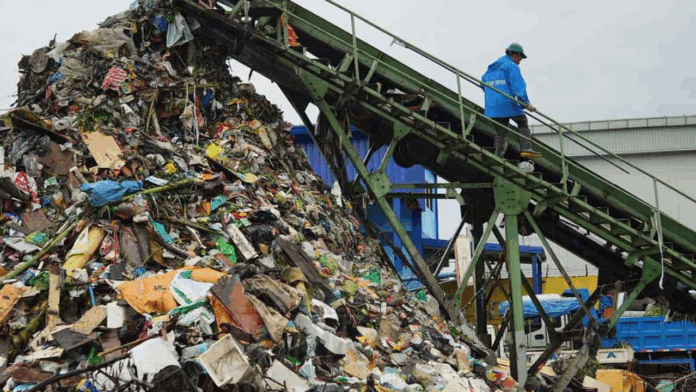As Typhoon Emong, intensified Habagat rains, and recent storms like Dante drenched Metro Manila, Calabarzon, and parts of the Visayas, widespread flooding has once again exposed the chronic failures in disaster preparedness, solid waste management, and environmental governance. Poor enforcement of environmental laws and substandard waste management efforts by Local Government Units (LGUs) are once again under heavy fire as several cities in Negros also report submerged communities.
The situation mirrors the devastating floods brought by Typhoon Carina and Severe Tropical Storm Enteng—storms that previously overwhelmed the capital with record-breaking rainfall. Quezon City alone felt Carina’s wrath with 471 millimeters of rainfall in just 24 hours, surpassing Typhoon Ondoy’s infamous 2009 downpour.
As a result, flooding has caused casualties, injuries, damage to property and infrastructure, and displaced hundreds of Filipinos in Luzon — and it continues to wreak havoc across various parts of the region.
Yet despite the devastation of past storms, the same questions resurface: Where are the promised flood control projects? Were they truly designed to mitigate flooding, or are they just another example of substandard infrastructure? When will we finally learn from the past and take action that works?
Everything Must Go Somewhere
One of the fundamental environmental principles reminds us: whatever we discard—plastic packaging, PET bottles, sachets, and other single-use items—will inevitably return to our environment. When uncollected, this waste ends up in our waterways, threatening marine ecosystems and worsening urban flooding.
Despite the passage of Republic Act 9003, or the Ecological Solid Waste Management Act of 2000, enforcement remains dismal. Many LGUs still lack sanitary landfills or functioning Materials Recovery Facilities (MRFs), in violation of the law.
According to the 2023 Performance Audit Report (PAO) by the Commission on Audit (COA), only 29.25% of the country’s 1,634 LGUs have access to sanitary landfills, despite the steady increase in solid waste generation. More than two decades after the passage of RA 9003, a truly effective and scalable waste management system remains elusive.
Atty. Zoilo Andin, Senior Policy and Institutional Advisor of USAID’s Clean Cities Blue Ocean (CCBO) project, stresses that city and municipal mayors must hold punong barangays accountable in enforcing RA 9003 and related ordinances. From the barangay-level collection of recyclables to LGU-led residual waste management, the responsibility lies in local leadership.
The Metro Manila Development Authority (MMDA) acknowledged that solid waste, particularly household refuse, clogged drainage systems and pumping stations, worsening the flooding. The agency confirmed that over 600 tons of garbage, including household waste and debris, have been collected from the streets of Metro Manila and 71 pumping stations since July 18, following heavy rainfall caused by the enhanced southwest monsoon (Habagat).
Until solid waste management is treated as a frontline disaster mitigation strategy, flooding will continue to be an annual curse—one we keep bringing upon ourselves.



